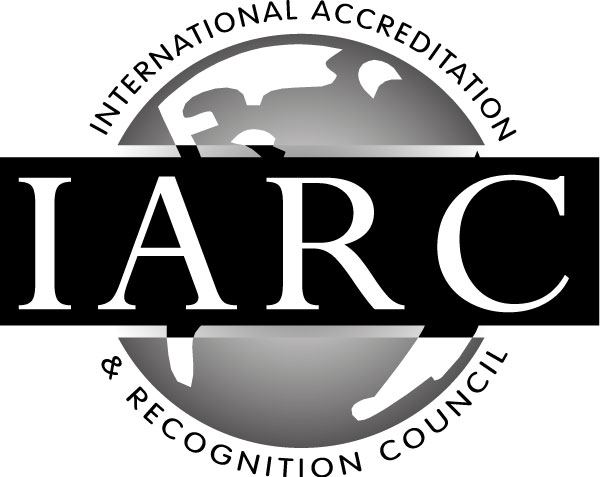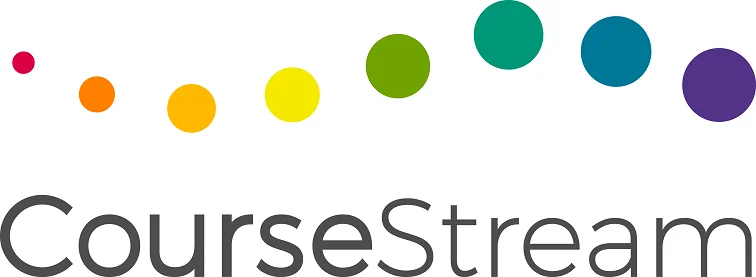Why study this Introduction to Editing course?
Interested in the field of editing? Want to learn how to edit various types o writing? This introduction to editing course online will help you do that and more! This course will help you edit various types of writing such as books, articles, newsletters, magazines, training courses, etc.
This course is a solid foundation for those wanting to start their editing career. This course will help you start your own editing business, find a career in the editing field, or improve and enhance the skills you already have to achieve a greater editing position.
This introduction to editing course online is suitable for those who work or want to work in the publishing field. Such as editors, writers, proofreaders, and more.
Course Aims:
- To gain an understanding of the role and scope of editing.
- Explain the importance of clear, effective writing, throughout all stages of the publishing process.
- Describe the procedure of manuscript assessment.
- Describe the procedures used by copy editors.
- Explain procedures used to prepare copy for printing.
- Describe the checks and procedures used in the final stages of preparing and printing publications.
Lesson Structure
- The role and scope of editing;
- what does an editor do,
- tools for editing;
- editing skills;
- what makes a good editor,
- danger signs (mistakes to avoid),
- the publishing team (the publisher, business manager, production manager, designer, marketing staff),
- the production process,
- the production schedule.
- Spelling,
- punctuation,
- grammar,
- language,
- style,
- tense,
- language level,
- common mistakes,
- style errors,
- improving clarity and conciseness.
- The readers report,
- reviewing a manuscript (structure, punctuation, accuracy, illustration, other improvements),
- authors responsibilities,
- nature of a manuscript,
- libel, slander, deformation,
- what an editor should look for
- What the copy editor does;
- basics of copy editing,
- the procedure (check manuscript, read, edit text, edit other components);
- style sheets,
- house style,
- introduction to mark up,
- marking up copy.
- Marking up;
- parts of a publication (preliminary pages, text, end matter);
- editing non-text material;
- illustrations
- Type design and page layout;
- type size,
- type face,
- line spacing,
- line length,
- justification,
- indentation,
- widows and orphans,
- running heads and feet,
- folios,
- headings;
- proof stages:
- galley proofs,
- page proofs
- Proof readers role,
- procedure for checking galley proofs,
- proof reading tips,
- revised galley proofs,
- Indexes,
- preparing an index;
- blurbs;
- checking final proofs,
- bromides,
- dyelines, etc.
Enrol Now
- Experienced Tutor support
- Certificate sent to you
- Online study (Printed notes available)
- Self paced - no set timetable
- 12 months to complete course
From: $25.00 / week for 26 weeks
Get a Free Info Pack!











